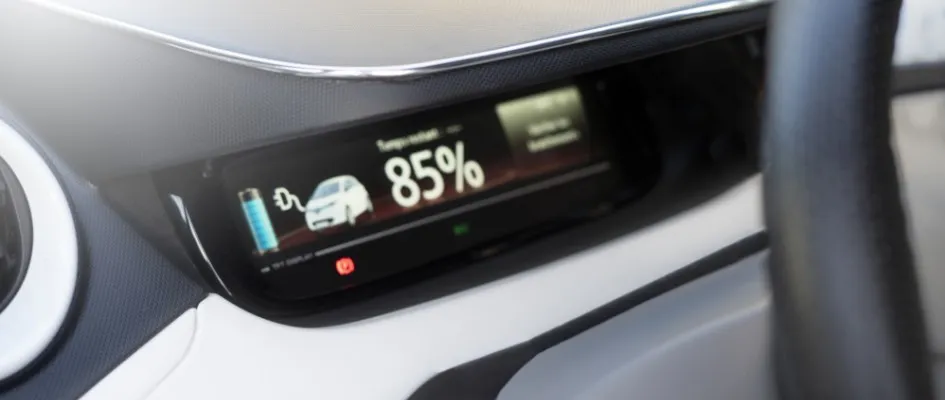Hybrid Passenger Vehicles Explained
Hybrid Electric Vehicles (known as HEV or PHEV) use a combination of electric power and petrol or diesel power to propel the vehicle. They can be ‘plug-in’ or ‘non-plug-in’.
Hybrids (HEV)
The HEV’s have both an internal combustion engine and an electric motor. The electric battery however, is only charged by the ICE, the motion of the wheels or a combination of both. There is no charging connector.
Plug-in Hybrid (PHEV)
These are similar to the HEV in that they use an internal combustion engine (ICE and electric motor. You can charge PHEVs from an electricity source, and access cheaper and cleaner electric power. The batter’s energy is recharged by the ICE, wheel motion, or by plugging into a charge point.
Get to know your battery electric vehicles (BEVs) from your plug-in electric vehicles (PHEVs)




